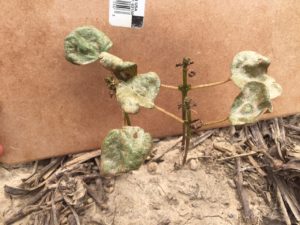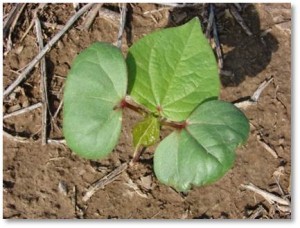
Just a reminder that moth trapping data are collected weekly and reported on this website under the Quick Links menus (http://www.utcrops.com/BlogStuff/2020MothTrappingData.pdf). Moth catches of bollworm (corn earworm) and tobacco budworm are low, typical of this time of year. However, southwestern corn borer traps in some areas are pretty high. For those with non-Bt corn, this is a cause for concern in those areas (and perhaps others). This first generation will be found feeding within whorls until they begin stalk tunneling. You can read more about their management by Continue reading






